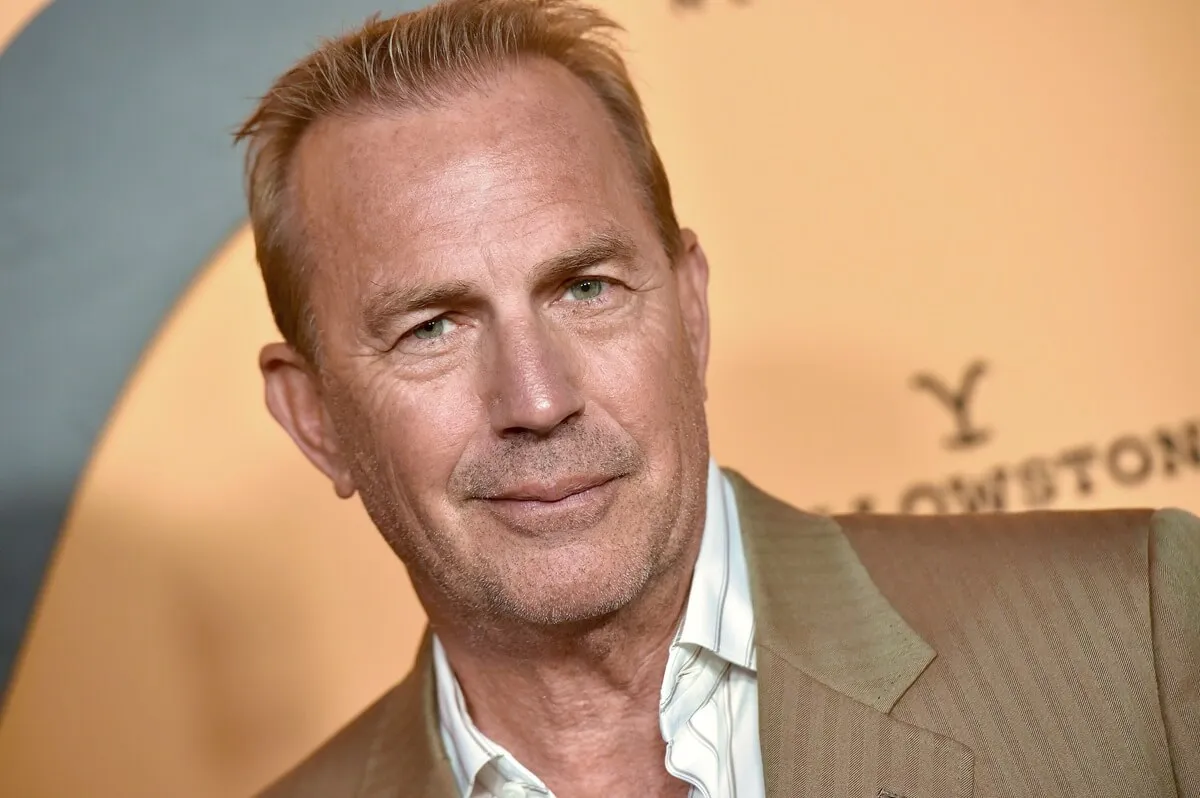‘Unsolved Mysteries’: Alonzo Brooks’ Medical Examiner Was Once Investigated for Misconduct and Forced to Resign
When Unsolved Mysteries made its return to TV on Netflix, it immediately captivated viewers with its cold cases. Episode 4 of the true-crime series, “No Ride Home,” examines the disappearance and death of Alonzo Brooks, a young Kansas man who may have been the target of a hate crime.
In the episode, Dr. Erik Mitchell, the forensic pathologist who examined Brooks’ body, reveals his findings, along with a few other theories on why and how he may have died. But some viewers found his testimony questionable. And upon further investigation, they uncovered a decades-old misconduct investigation that forced Mitchell to resign from a previous medical examiner position.

‘Unsolved Mysteries’ revisits Alonzo Brooks 2004 case
Episode 4 of Unsolved Mysteries examines the mysterious death of Alonzo Brooks, a 23-year-old man from Gardner, Kansas who went to a party in nearby LaCygne with his friends. At the April 3 house party, witnesses say he was the target of racial slurs and was involved in a brief altercation.
With the assumption he would get a ride with someone else, Brooks’ friends left him at the party. But when they called his mom the next day, they realized he never made it back home.
Law enforcement officials searched for Brooks for weeks. But a month after his disappearance, Brooks’ family-led search party found his body near a creek on the property where the house party took place.
Authorities aren’t sure if Brooks’ body was in the creek before it was found, or if it was moved there after the initial search. But his brother notes that upon finding his body, Brooks looked almost normal, and certainly did not look like he was underwater for over a month. And his mother reveals that the belongings found on his body — which include his wallet, money, cards, and various papers — did not appear to have much water damage.
Dr. Erik Mitchell provides insight into Brooks’ case
On Unsolved Mysteries, Dr. Erik Mitchell, the forensic pathologist in Brooks’ case, reveals details of his findings. He says that Brooks’ body did not show any signs of physical injuries, like broken bones, lacerations, or gunshot wounds. Mitchell says he was unable to determine the cause of death but then also goes on to theorize why a murderer would find it inconvenient to move Brooks’ body.
“I also don’t know the circumstances under which he ended up in the creek, so I can’t tell you whether he placed himself in that environment or somebody else placed him that environment,” Mitchell says on the docuseries. “We know that most people, when they kill somebody and dispose of a body, do so in convenient fashions. Moving a dead body is not convenient. To bring that body down there and dump it, very inconvenient. You’ve gotta go through brush, you gotta go an extended period across a field. That’s highly improbable.”
‘Unsolved Mysteries’ fans discover that Mitchell was forced to resign from a previous position
After hearing Mitchell’s findings, and his theories on Brooks’ case, Unsolved Mysteries viewers started questioning the doctor’s credibility.
“Apparently this medical examiner has been in hot water for misconduct in the past,” a Redditor wrote. The user linked a 1994 New York Times article which reveals Mitchell resigned from his post as Onondaga County Medical Examiner after an investigation found that he had misused his authority.
“Among other things, prosecutors found that Dr. Mitchell routinely removed organs from corpses without the consent of the victims’ families and improperly stored skeletons and body parts in his office,” the article reads. “Over the last year, he has come under intense criticism because of accusations by current and former employees that he engaged in unethical, unprofessional, and illegal activities.”
At the time, Mitchell denied any wrongdoing. But William Fitzpatrick, the District Attorney overseeing the investigation, announced that many of the allegations against Mitchell were corroborated. However, Fitzpatrick also noted that Mitchell was not charged with any crime and was fully cooperative.
Mitchell’s lawyer, Sidney Cominsky claimed that his client was “the victim of a tremendous amount of accusation and slander.” At the time the article was published, Mitchell had filed a slander lawsuit against one of his accusers for $3 million.


